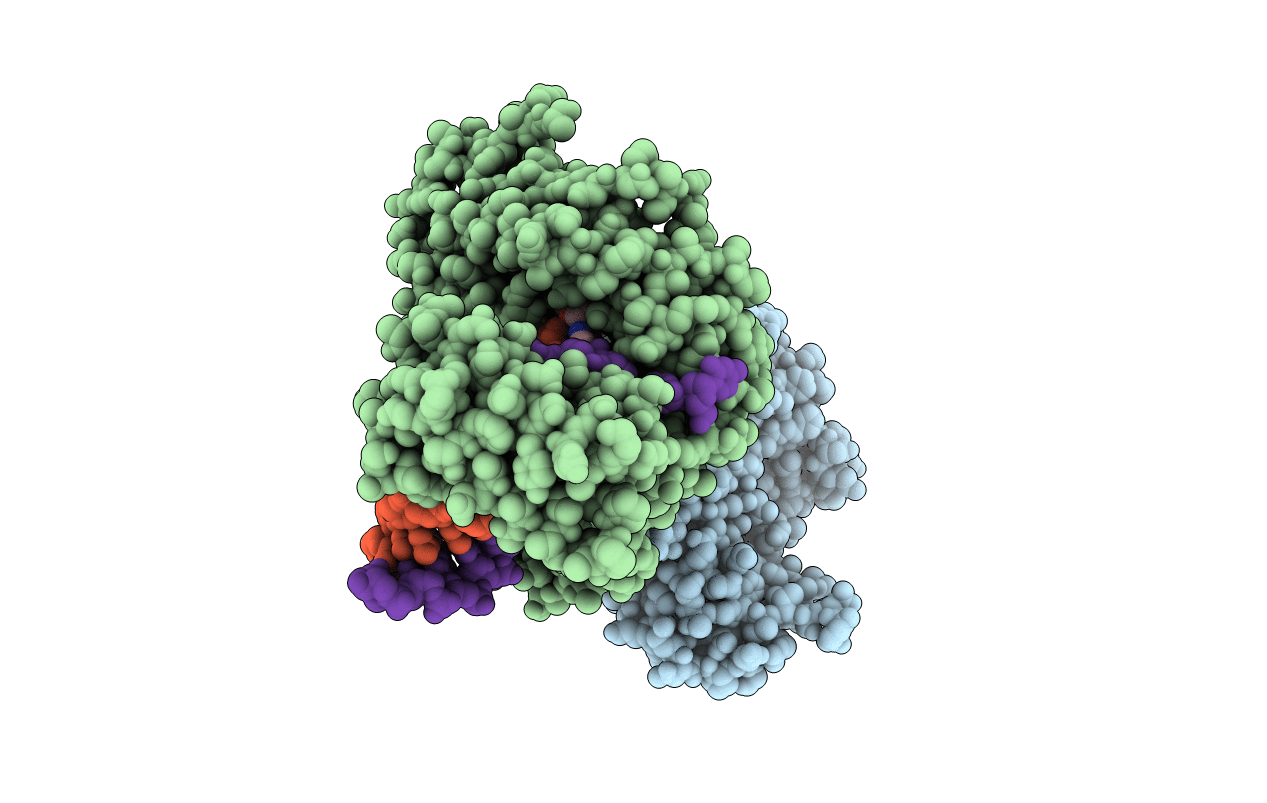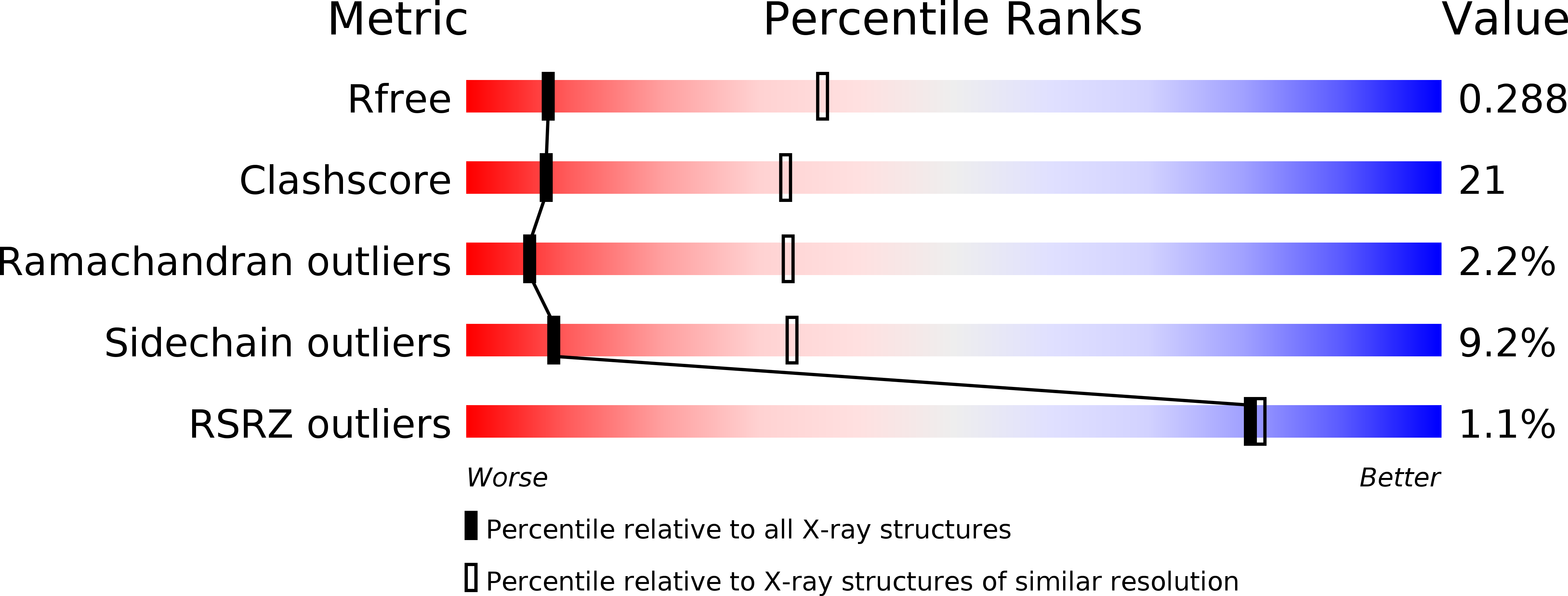
Deposition Date
2010-12-14
Release Date
2011-12-28
Last Version Date
2023-09-13
Entry Detail
PDB ID:
3PZP
Keywords:
Title:
Human DNA polymerase kappa extending opposite a cis-syn thymine dimer
Biological Source:
Source Organism:
Homo sapiens (Taxon ID: 9606)
Host Organism:
Method Details:
Experimental Method:
Resolution:
3.34 Å
R-Value Free:
0.28
R-Value Work:
0.24
R-Value Observed:
0.24
Space Group:
C 2 2 21


